The Ultimate Fish Feed Extrusion Guide to 2024
Introduction to Fish Feed Extruders
Fish feed extruders play a pivotal role in the aquaculture industry by efficiently producing high-quality feed for aquatic organisms. These machines utilize advanced technology to process ingredients into pellets suitable for various fish species, optimizing nutrition and growth rates.
Initially designed for simple pellet formation, modern fish feed extruders have evolved to incorporate sophisticated features for precise control over factors like pellet size, shape, and density. With customizable parameters, operators can tailor feed formulations to meet specific nutritional requirements, ensuring optimal performance and health of aquatic livestock.
The versatility of fish feed extruders extends beyond traditional feed production, facilitating the incorporation of additives, vitamins, and medications into the feed matrix. This versatility enhances the efficiency and effectiveness of aquafeed delivery, contributing to the sustainability and profitability of aquaculture operations worldwide.
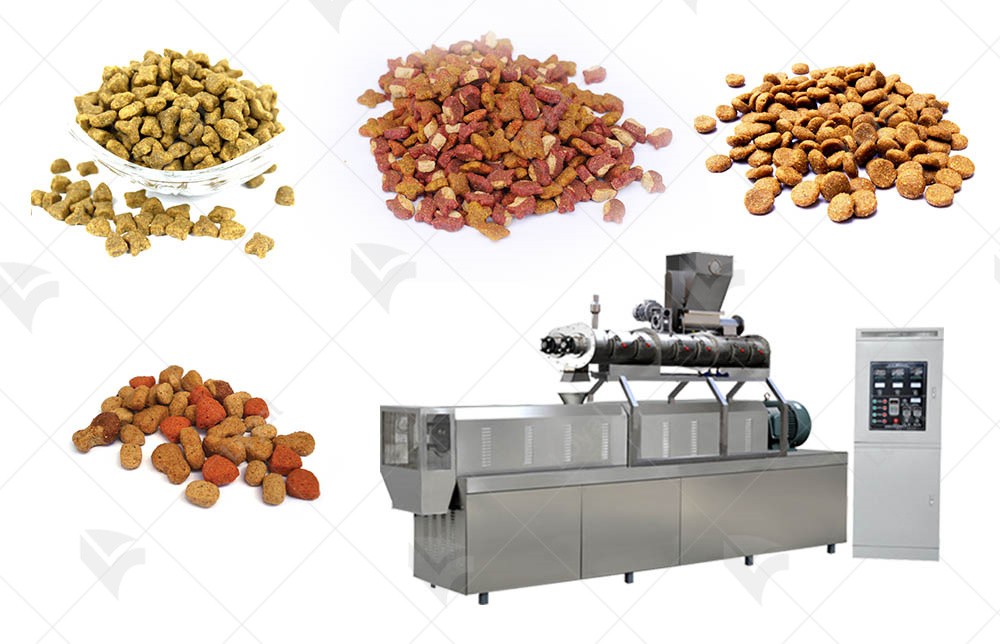
Evolution of Fish Feed Extrusion Technology
The evolution of fish feed extrusion technology has been characterized by continuous innovation and refinement, driven by the demand for higher-quality feeds and improved production efficiency.
Early iterations of fish feed extruders were rudimentary, primarily focused on basic pellet formation through the mechanical compression of feed ingredients. However, advancements in materials science, engineering, and process control have revolutionized the capabilities of modern extrusion systems.
Over time, the incorporation of twin-screw extrusion technology has emerged as a game-changer in the aquafeed industry. Twin-screw extruders offer superior mixing capabilities, enhanced thermal processing, and greater flexibility in feed formulation. These features enable manufacturers to achieve precise control over feed quality and nutrient composition, resulting in superior digestibility and growth performance in aquatic species.
Furthermore, the integration of computerized controls and automation systems has further optimized the efficiency and reliability of fish feed extrusion processes. Real-time monitoring and adjustment of key parameters ensure consistent product quality while minimizing downtime and waste.
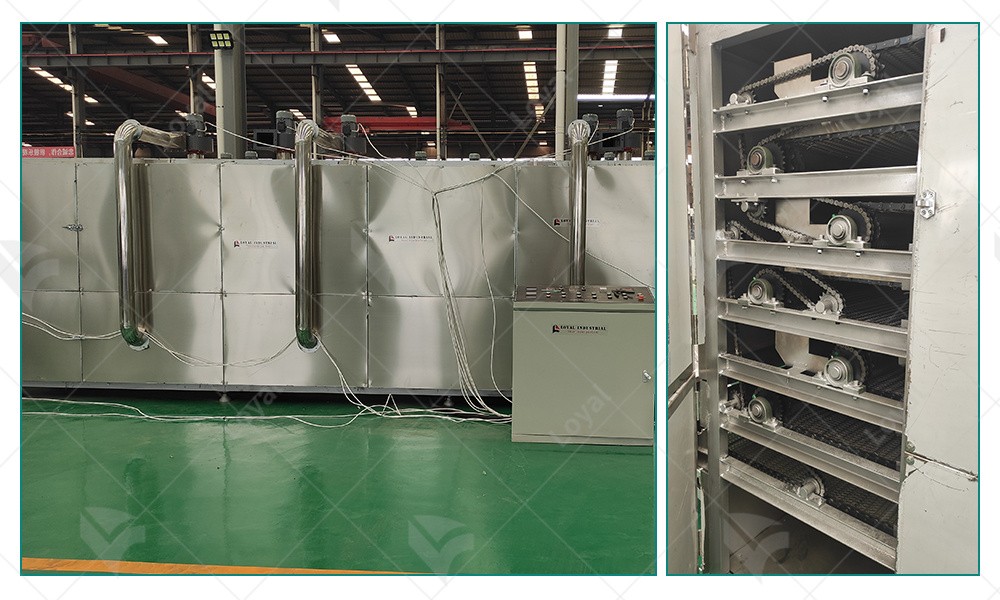
Types of Fish Feed Extruders
Fish feed extruders come in various types, each designed to meet specific production requirements and processing needs. The choice of extruder depends on factors such as production capacity, feed formulation, and desired pellet characteristics.
One common classification of fish feed extruders is based on their structure and design. Single-screw extruders feature a solitary screw rotating within a barrel, offering simplicity and versatility. They are suitable for small to medium-scale production and can process a wide range of ingredients.
In contrast, twin-screw extruders utilize two intermeshing screws within a shared barrel. This configuration enhances mixing and processing efficiency, making them ideal for high-capacity production and complex formulations. Twin-screw extruders offer greater control over feed properties and are commonly used in large-scale aquafeed manufacturing.
Another classification considers the mode of operation, distinguishing between dry and wet extruders. Dry extruders operate with low moisture content in the raw materials, relying on mechanical shear and heat to process the feed. They are well-suited for producing floating pellets with high protein content.
On the other hand, wet extruders operate with higher moisture levels, typically above 20%. They involve steam injection or preconditioning to cook the ingredients before extrusion. Wet extruders are preferred for producing sinking pellets with lower protein content and higher starch gelatinization.
Additionally, specialized extruders, such as expansion and spheronization units, offer unique processing capabilities for specific applications. Expansion extruders utilize sudden decompression to puff or expand the feed, creating light and airy products. Spheronization units form spherical pellets from extruded strands, suitable for delicate aquatic species.
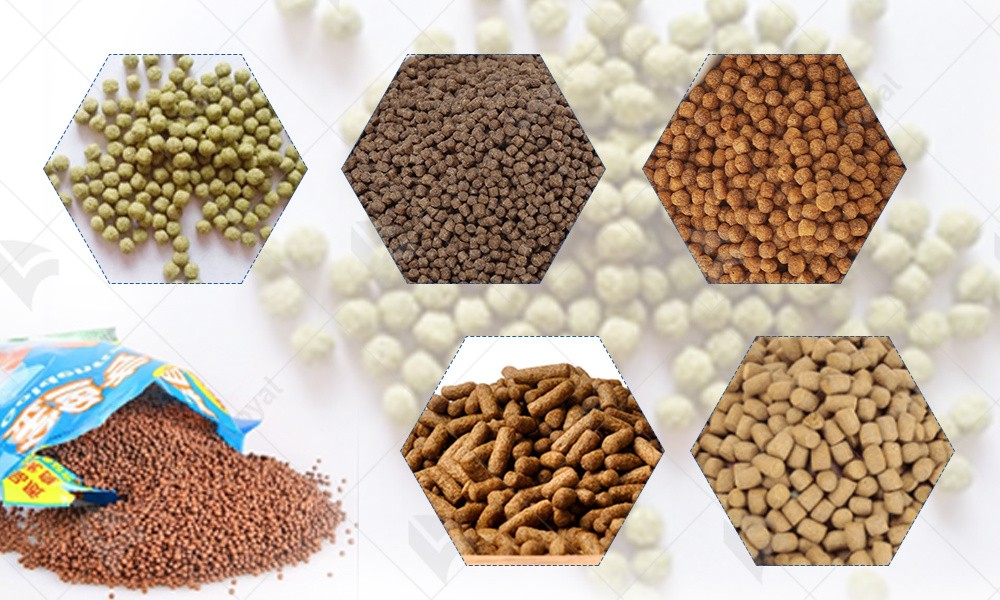
Components of Fish Feed Extruders
1. Extrusion Barrel and Screw
The extrusion barrel is the main body of the fish feed extruder, typically made of high-quality stainless steel to withstand high temperatures and pressures. Within the barrel, there is a rotating screw, often referred to as the extrusion screw or auger. The screw plays a crucial role in conveying, mixing, and compacting the feed ingredients as they move through the barrel.
2. Feeding System
The feeding system of a fish feed extruder is responsible for introducing the raw materials into the extrusion barrel. It usually consists of a hopper where the ingredients are deposited before being fed into the barrel by a screw feeder or other feeding mechanisms. The feeding rate can be adjusted to control the processing parameters and ensure optimal feed quality.
3. Heating and Cooling System
Temperature control is vital in fish feed extrusion to achieve the desired cooking and expansion of the feed. Heating elements, such as electric heaters or steam jackets, are installed along the extrusion barrel to raise the temperature gradually. Conversely, cooling systems, such as water jackets or air vents, help regulate the temperature and prevent overheating, ensuring consistent product quality.
4. Die and Cutting System
At the end of the extrusion barrel, there is a die plate with precision-engineered holes through which the extruded feed passes. The die shape and size determine the final shape and size of the fish feed pellets. After extrusion, the pellets are cut to the desired length by a cutting system, which can consist of rotating knives or blades.
Working Principle of fish feed extruder
The working principle of a fish feed extruder involves several sequential processes that transform raw ingredients into high-quality feed pellets. First, the raw materials are fed into the extrusion barrel through the feeding system. As the ingredients move along the barrel, they are subjected to increasing temperature, pressure, and mechanical shear forces generated by the rotating screw.
The combination of heat, pressure, and shear forces causes the starches and proteins in the feed ingredients to gelatinize and undergo structural changes, resulting in the formation of a viscous dough-like mass. This mass is then forced through the die plate, where it undergoes expansion due to the sudden drop in pressure, forming the characteristic shape of fish feed pellets.
After extrusion, the pellets are cut to the desired length by the cutting system and then conveyed to a drying or cooling apparatus to remove excess moisture and stabilize the product. The finished pellets are then ready for packaging and distribution to fish farms or aquaculture facilities.
In summary, fish feed extruders utilize a combination of mechanical, thermal, and hydraulic forces to process raw ingredients into high-quality feed pellets suitable for a variety of fish species. The precise control of processing parameters and the quality of components are essential factors in achieving consistent product quality and maximizing the efficiency of fish feed production.

Advantages of Fish Feed Extrusion
1. Enhanced Nutrient Utilization: Fish feed extrusion allows for precise control over ingredient composition and particle size, resulting in better nutrient utilization by fish. This leads to improved growth rates and feed conversion ratios.
2. Improved Feed Quality: The extrusion process helps to gelatinize starches and denature proteins, leading to better digestibility and nutrient absorption. This results in the production of high-quality feeds that promote fish health and productivity.
3. Uniform Feed Pellets: Extrusion ensures uniformity in pellet size, shape, and texture, reducing feed wastage and optimizing feed intake by fish. This consistency also facilitates automated feeding systems and reduces the risk of overfeeding or underfeeding.
4. Reduced Environmental Impact: Fish feed extrusion allows for the incorporation of alternative ingredients such as plant proteins and by-products, reducing the reliance on marine resources. This promotes sustainability in aquaculture and minimizes environmental impact.
5. Customization Options: Extruders offer flexibility in formulating feeds to meet the specific nutritional requirements of different fish species and life stages. This customization capability allows for the development of specialized feeds tailored to the needs of various aquaculture operations.
6. Increased Production Efficiency: Fish feed extrusion is a continuous process that can operate at high capacities, enabling large-scale production with minimal labor requirements. This efficiency helps to reduce production costs and improve profitability for fish farmers.
How to Choose a Fish Feed Extruder
When selecting a fish feed extruder for your aquaculture operation, several factors must be considered to ensure optimal performance and efficiency. Here's a comparison between machines from LOYAL and Clextral, highlighting key features:
|
Feature |
LOYAL Fish Feed Extruder |
Clextral Fish Feed Extruder |
|
Capacity |
Higher capacity for larger production |
Lower capacity suitable for small-scale operations |
|
Versatility |
Limited versatility for feed formulations |
Versatile design accommodates a wide range of ingredients |
|
Energy Efficiency |
Moderate energy consumption |
High energy efficiency with advanced heating and cooling systems |
|
Control Systems |
Basic control systems with manual adjustments |
Advanced control systems for precise process control and automation |
|
Maintenance |
Simple maintenance procedures |
Requires specialized maintenance and technical expertise |
|
Cost |
Lower initial investment cost |
Higher initial investment cost, but long-term savings on energy and maintenance |
Maintenance and Troubleshooting Tips
Ensure proper cleaning and lubrication of the extruder components to prevent the buildup of residue and ensure smooth operation. Pay close attention to cleaning the screws, barrels, and die, and follow the manufacturer's recommendations for lubricating moving parts to prevent wear and tear.
Regularly inspect wear parts such as screws, barrels, and die for signs of wear and damage. Promptly replace any worn or damaged parts to prevent production inefficiencies and potential breakdowns. Consider keeping spare parts on hand to minimize downtime during replacements.
Monitor temperature and pressure settings during operation to ensure they remain within the recommended range. High temperatures or pressures can lead to overheating, material degradation, and equipment damage. Adjust settings as necessary to maintain optimal processing conditions.
Periodically check the alignment of extruder components and calibrate the machine to ensure accurate processing and consistent product quality. Misalignment or calibration errors can result in uneven feeding, excessive wear, and product defects.
Familiarize yourself with common issues that may arise during extrusion, such as uneven product consistency, blockages, or motor malfunctions. Develop a troubleshooting procedure to quickly identify and address these issues to minimize downtime and production losses.
Invest in training for operators and maintenance personnel to ensure they have the necessary skills and knowledge to operate and maintain the extruder effectively. Proper training can help prevent accidents, reduce downtime, and optimize production efficiency.
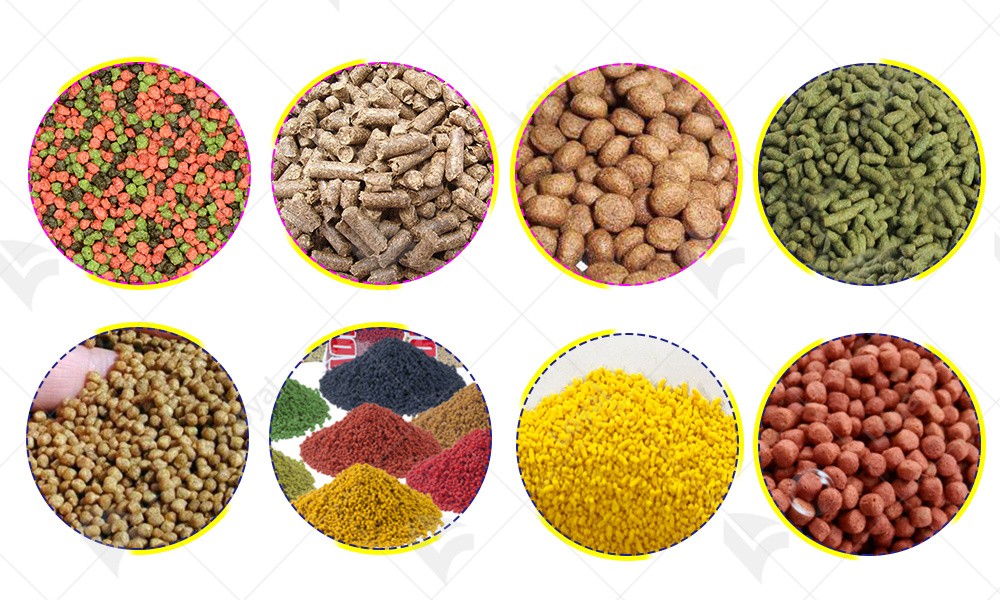
Applications and Market Trends
The application of fish feed extrusion technology spans various sectors of the aquaculture industry, driving significant market trends and innovations. Here are some key applications and market trends shaping the fish feed extrusion industry:
The growing demand for seafood and the depletion of natural fish stocks have fueled the expansion of the aquaculture sector worldwide. Fish feed extrusion technology plays a crucial role in meeting the increasing demand for high-quality feeds to support sustainable aquaculture production.
With advancements in extrusion technology, manufacturers are producing a wide range of value-added feeds tailored to the specific nutritional requirements of different fish species and life stages. Value-added feeds, such as floating or sinking pellets, medicated feeds, and specialized diets, are gaining popularity among fish farmers seeking to optimize growth, health, and feed conversion rates.
The aquafeed industry is increasingly incorporating alternative ingredients such as plant proteins, insect meal, and by-products from food processing into fish feeds. Fish feed extrusion technology facilitates the processing of these alternative ingredients, offering opportunities to reduce reliance on fishmeal and fish oil while maintaining feed quality and nutritional value.
Environmental sustainability is a growing concern in the aquaculture industry, driving demand for eco-friendly feed formulations and production methods. Fish feed extrusion technology enables the efficient utilization of raw materials, minimizes waste generation, and reduces the environmental footprint of aquafeed production.
The integration of digitalization and automation technologies is revolutionizing the fish feed extrusion industry, improving process control, efficiency, and product consistency. Advanced monitoring systems, data analytics, and automated feed formulation software are being increasingly adopted to optimize production processes and meet evolving market demands.
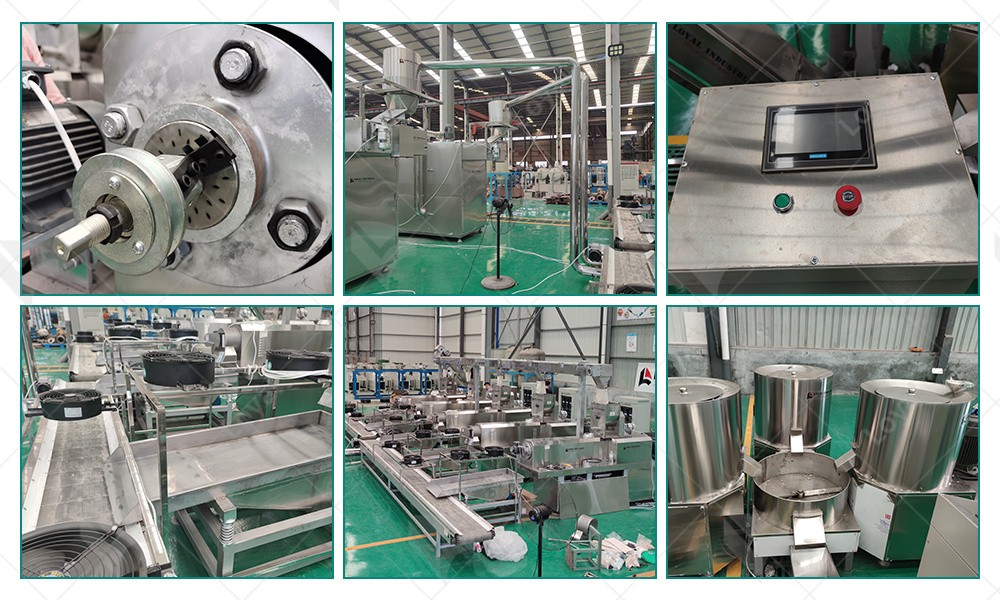
Future Outlook for Fish Feed Extrusion Technology
Continued research and development efforts are focused on enhancing the efficiency and productivity of fish feed extrusion processes. Innovations in screw design, heating and cooling systems, and process control technologies are expected to optimize energy utilization, reduce production costs, and increase throughput capacities.
With increasing knowledge about the nutritional requirements of different fish species and life stages, there is a growing demand for customized and personalized feed formulations. Future advancements in fish feed extrusion technology will enable precise control over ingredient composition, particle size, and nutrient delivery, allowing for the development of tailored feeds to optimize fish health, growth, and performance.
Environmental sustainability will continue to drive innovation in fish feed extrusion technology, with a focus on reducing the environmental impact of aquafeed production. Integration of alternative ingredients, utilization of renewable energy sources, and implementation of waste reduction measures will be key strategies to enhance sustainability and mitigate resource constraints in the future.
The adoption of smart manufacturing solutions, including IoT-enabled sensors, real-time monitoring systems, and predictive maintenance technologies, will revolutionize the fish feed extrusion industry. These digitalization initiatives will improve process visibility, optimize equipment performance, and enable proactive maintenance strategies, leading to increased reliability, uptime, and overall operational efficiency.
As aquaculture continues to grow as a key source of protein worldwide, the demand for high-quality fish feeds will drive market expansion and international trade. Fish feed extrusion technology will play a vital role in meeting the diverse needs of aquaculture operations globally, supporting sustainable growth, food security, and economic development in both established and emerging markets.
In conclusion, the future of fish feed extrusion technology is characterized by innovation, sustainability, and adaptability to meet the evolving demands of the aquaculture industry. With ongoing advancements and investments in research and development, fish feed extrusion will continue to be a cornerstone of modern aquafeed production, driving efficiency, profitability, and environmental stewardship in the years to come.
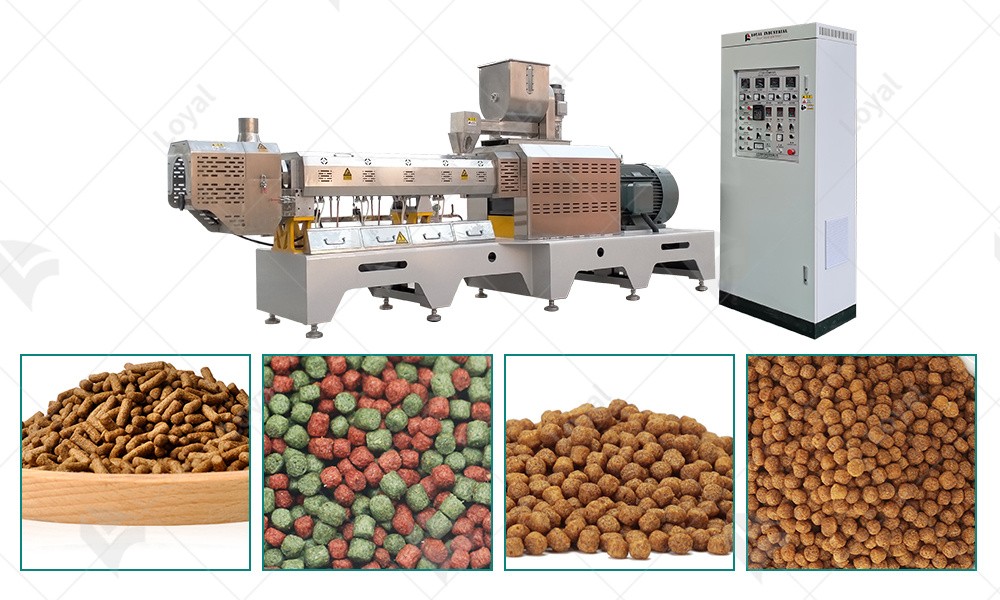
References
1. Food and Agriculture Organization of the United Nations (FAO): https://www.fao.org/home/en/
2. American Society of Agricultural and Biological Engineers (ASABE): https://www.asabe.org/
3. The Aquaculture Engineering Society (AES): https://www.aesweb.org/
4. European Aquaculture Society (EAS): https://www.aquaeas.eu/
5. International Aquafeed Magazine:https://www.international-aquafeed.com/
